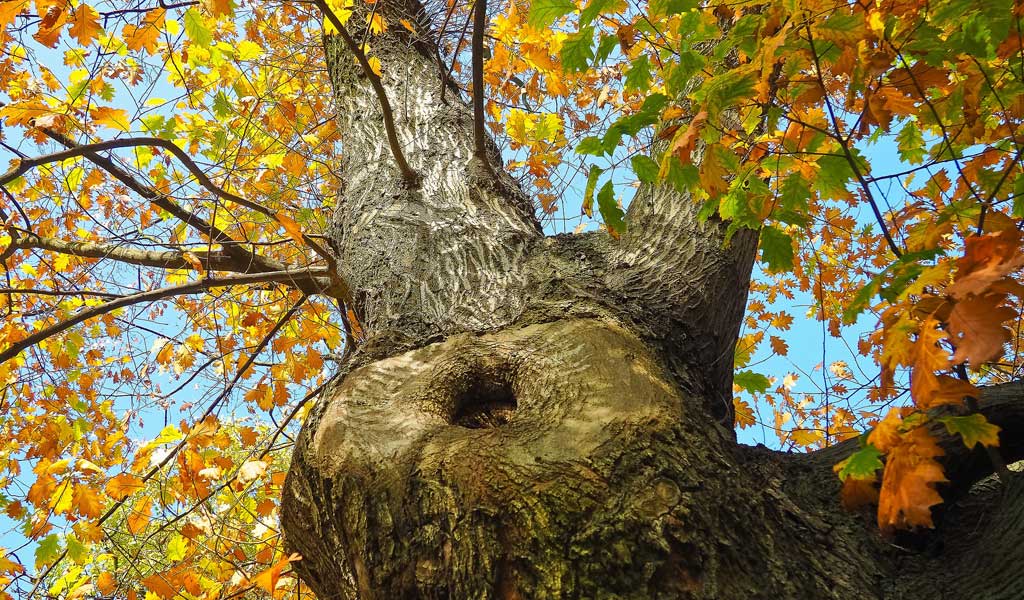
Tree Removal on the Gold Coast
Why Remove a Tree
Trees play a vital role in the landscape environment, providing beauty, shade, shelter and privacy. Unfortunately, there are a number of reasons why it may be necessary to have them removed, mainly based on safety concerns:
- Tree is dying or dead
- Tree is declining due to pests
- Tree is suffering from disease
- Tree is "crowding out" or damaging other trees
- Minimising the threat of bushfires
- Tree has grown too large for the space
- Tree has major storm or lightning damage
- Tree root system threatens foundations, driveways or pipes
- Tree area is being cleared for development
- Tree is dropping branches in recreational areas
- Tree is leaning in a dangerous direction
- Tree positioned too close to buildings or power lines
Dead Trees
Is there a tree on your property that seems to be dying or is dead? These are the signs to look for in a terminally ill or deceased tree:
- Unseasonal absence of leaves
- Large sections of bark are peeling from the truck
- The trunk has deep vertical cracks
- The tree has deadwood
- Leaves are truning brown
- Inside of branches dry & brown
- Tree has developed a lean
- Fungus growth on trunk and base
If a tree is dead or in an irreversible state of decline, it should be removed as soon as possible. As a tree decays over time, it becomes structurally unstable, and cannot be climbed. Expensive specialty equipment will be needed to remove, inceasing the cost.
Dead trees also pose safety issues, as their branches will fall over time, and the root system may not be strong enough to prevent the tree from falling over.
Pest Infestations
Termite or White Ant tree infestations are commonplace, with the termite nest often found on the tree trunk or branches, in the centre of the tree, in the base of the tree or underground.
Often, termite infestations go unnoticed, as the tree appears to be perfectly healthy. However over time, serious damage can be done to the tree's structural integrity, which in turn compromises safety.
An active termite infestation is not a death sentenance for a tree, as Pest Controllers can apply eradication treatments which are usually very successful, particularly when monitored over time.
Severe termite damage may weaken a tree's structure and stability to the point where it becomes dangerous. In addition, the termites may use the tree as a base, spreading to other trees and nearby buildings. At this point, removal may be the best option.
Tree is Overcrowding
If trees get too crowded, they compete for light and water. These trees become stressed, and are more sucetible to pests and disease. By removing trees, the competition eases, leaving the remaining trees grow big and healthy.
Bushfire Prevention
Removing trees around homes and buildings in bushfire prone areas helps reduce the severity of a fire, giving homeowners and firefighters a better chance of saving properties, and getting the fires under control.
Tree Has Grown Too Large
One of the most common reasons for tree removal on the Gold Coast is when a tree has grown so large, it becomes a safety concern, and is hazardous to buildings, property and people. Poinciana Trees, Jacarandas, Moreton Bay Figs and Eucalypts are classic examples of trees that look fabulous in the wide open spaces of parks, however they often grow too large for the average suburban backyard,
Land Clearing
There are a wide variety of residential and commercial Land Clearing projects where tree removal is required. Local Councils have restrictions on the removal of many species of trees, and an application for Tree Removal will need to be submitted to council prior to works commencing.
Tree Root Encroachment
Large trees are notorious for causing structural damage when growing too close to paths, driveways, retaining walls and buildings. Initially, cracks began to appear in paved areas, concrete floors, bitumen or concrete driveways, and walls, as tree roots work their way under the surface applying considerable upwards pressure as they grow.
Tree roots are also known to penetrate stormwater, sewer or septic systems resulting in blocked pipes and damage to underground tanks.
Left unattended, roots often break through paving & pathways resulting in trip hazards.
Tree root invasion can quickly become a serious problem requiring extensive and expensive structural repairs. Installing a root barrier is often an effective solution to blocking the progress of invasive roots.
Depending on the size of the tree and proximity to structures, tree removal is occassionally required to rectify the situation and prevent further damage.
In may be worth noting that the reduction of a tree's root system, especially that of the Eucalyptus, can increase the likelihood of the tree toppling in high wind, especially during storms when the ground is soft.
Storm Damage
South East Queensland is renowned for wild summer storms, many of which leave trees stripped of foliage, with broken branches and torn major limbs.
Being so tall, trees are natural lightning rods. 50% of trees struck by lightning die immediately, with a large proportion of the remainder succumbing to disease, pests or ill-health shortly after.
Unfortunately, Mother Nature can often deal a cruel blow, and for those trees that are not worth saving, removal is the only option.
Depending on the size of the tree and proximity to structures, tree removal is occassionally required to rectify the situation and prevent further damage.
Proximity to Buildings and Power Lines
During strong winds and storms, a tree's foliage acts as a huge sail, with increadble forces swaying the tree back & forth loosening the soil around the base. With such a small, shallow root systems, Gum or Eucalyptus trees are prone to toppling over causing extensive damage to buildings, and above ground power and telecommunication systems.
The risk of a tree falling over in strong wind increases when the ground is wet, or the root system is damaged, decaying or diseased.

